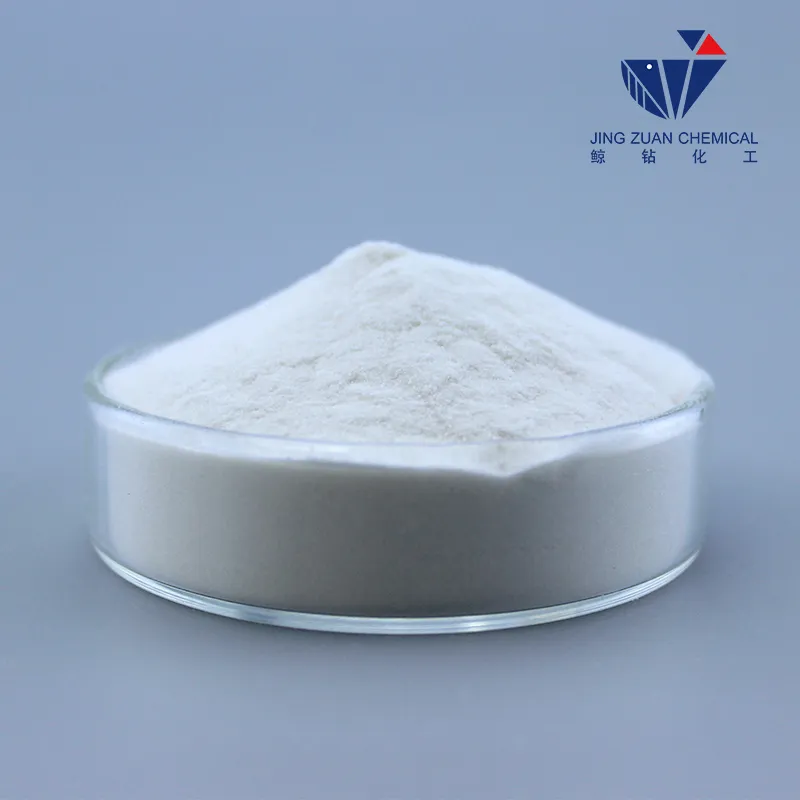
Okt . 09, 2024 09:12 Back to list
Methods for Dissolving Hydroxyethyl Cellulose in Various Solutions and Applications
How to Dissolve Hydroxyethyl Cellulose
Hydroxyethyl cellulose (HEC) is a non-ionic, water-soluble polymer derived from cellulose. It is widely used in various applications, including pharmaceuticals, cosmetics, and construction, due to its thickening, gelling, and stabilizing properties. However, dissolving HEC effectively requires a proper understanding of its nature and the correct approaches to achieve optimal results. This article will guide you through the process of dissolving hydroxyethyl cellulose.
Understanding Hydroxyethyl Cellulose
Before diving into the dissolution process, it's crucial to understand the properties of HEC. It is a white, powdery substance that can absorb water and swell to form a gel. The solubility of HEC in water depends on its molecular weight and the concentration used. Typically, HEC is soluble in cold water but not in organic solvents. The dissolution process can be impacted by factors such as water temperature, agitation speed, and the method of incorporation.
Materials Required
To dissolve hydroxyethyl cellulose, you will need the following materials
1. Hydroxyethyl cellulose powder 2. Distilled water (or deionized water) 3. A mixing container (preferably a beaker) 4. A stirrer or mixing device (magnetic stirrer is ideal) 5. A scale for measuring the desired amount of HEC
Step-by-Step Dissolution Process
1. Measure the HEC Start by weighing the required amount of hydroxyethyl cellulose powder. Depending on your application, the common concentration ranges from 0.5% to 2% w/v in distilled water.
how to dissolve hydroxyethyl cellulose

2. Prepare Water Heat the distilled water to room temperature or slightly warmer. Although HEC can dissolve in cold water, warm water can expedite the process. However, avoid using boiling water as it may lead to clumping.
3. Gradual Addition Sprinkle the HEC powder slowly into the water while continuously stirring. This step is critical to prevent the formation of lumps. Adding the powder gradually allows for better dispersion and reduces the risk of agglomeration.
4. Mixing Use a magnetic stirrer or a mechanical mixer to agitate the solution for 30 minutes to an hour. Ensure that the stirring speed is appropriate; too high can cause air entrapment, while too low may not effectively dissolve the powder.
5. Hydration Time After mixing, let the solution sit for a while (about 30 minutes). This resting period allows HEC molecules to further hydrate and fully dissolve, resulting in a smooth gel-like consistency.
6. Check Viscosity Once the HEC is completely dissolved, check the viscosity of the solution based on your needs. If a thicker consistency is required, you can increase the concentration of HEC gradually, following the same steps.
7. pH Adjustment (if necessary) Depending on the application, you might need to adjust the pH of the solution. HEC is stable over a range of pH levels, but certain formulations may require specific pH adjustments to enhance stability.
Conclusion
Dissolving hydroxyethyl cellulose requires careful measurement, proper water temperature, and adequate mixing. By following the outlined steps, you can achieve a smooth and uniform solution suitable for your specific application. Whether in cosmetics or pharmaceutical preparations, proper dissolution of HEC is essential for the effectiveness and stability of your formulations. With practice, mastering the technique of dissolving HEC will contribute significantly to your project's success.
-
The Widespread Application of Redispersible Powder in Construction and Building Materials
NewsMay.16,2025
-
The Widespread Application of Hpmc in the Detergent Industry
NewsMay.16,2025
-
The Main Applications of Hydroxyethyl Cellulose in Paints and Coatings
NewsMay.16,2025
-
Mortar Bonding Agent: the Key to Enhancing the Adhesion Between New and Old Mortar Layers and Between Mortar and Different Substrates
NewsMay.16,2025
-
HPMC: Application as a thickener and excipient
NewsMay.16,2025
-
Hec Cellulose Cellulose: Multi functional dispersants and high-efficiency thickeners
NewsMay.16,2025







